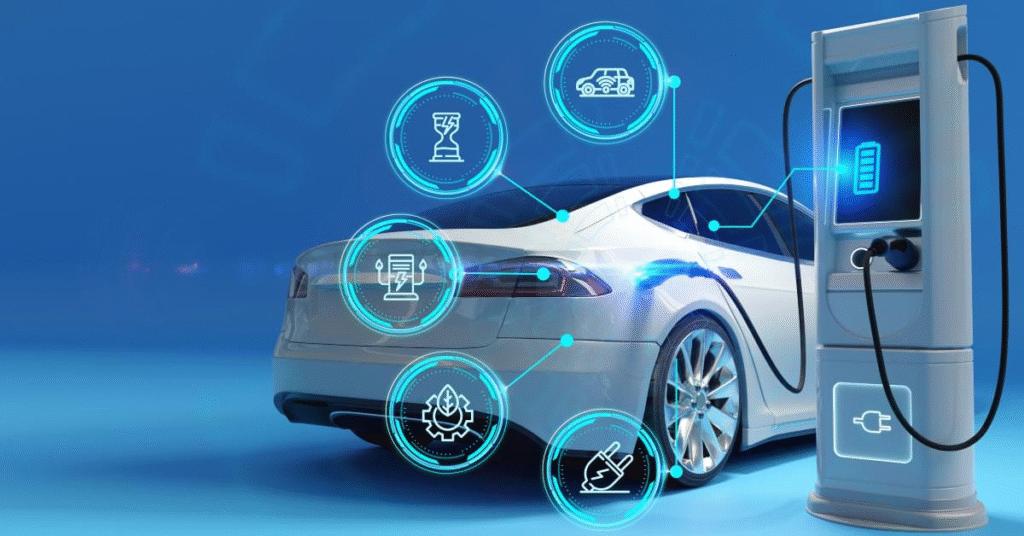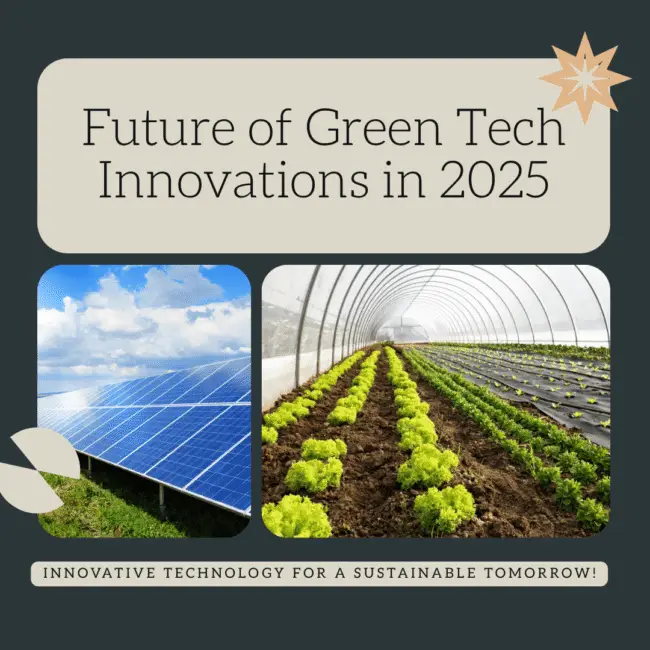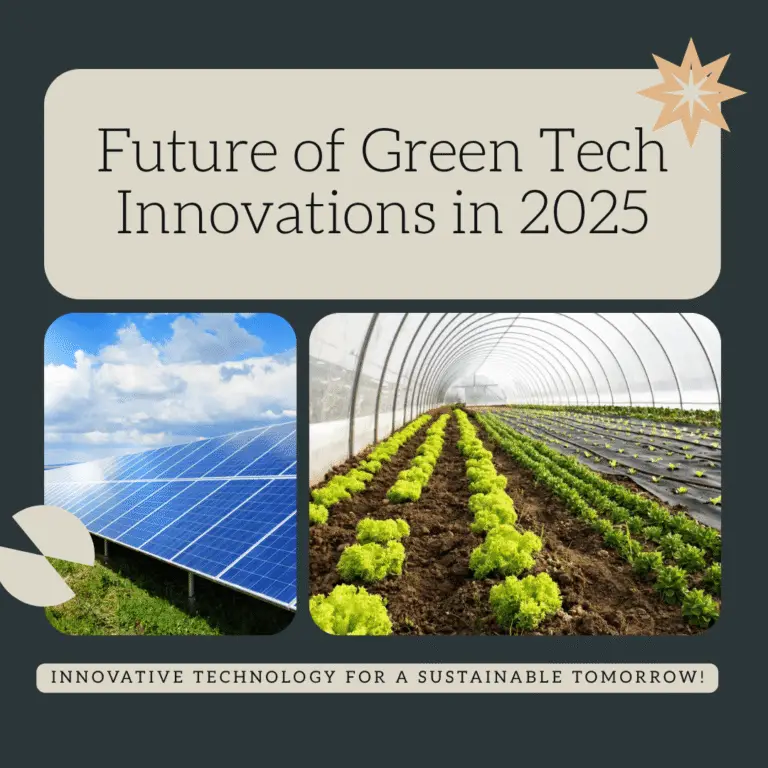With climate change accelerating and sustainability becoming a global priority, green technology is at the center of innovation in 2025. From renewable energy to smart materials and AI-powered sustainability solutions, here are the key green tech trends and innovations shaping the future.
1. Next-Gen Solar Panels
Modern solar panels are becoming more efficient, affordable, and flexible. Innovations in perovskite solar cells and bifacial panels (that absorb sunlight from both sides) are making solar more accessible for homes, businesses, and cities.
Impact:
- Better performance in low light
- Flexible panels for curved surfaces
- Lower manufacturing costs

2. AI in Climate Monitoring
AI is being used to track deforestation, predict natural disasters, and optimize energy consumption in real-time. Startups and governments are now leveraging satellite imagery and machine learning to enforce environmental laws.
Use Case:
- Smart irrigation for agriculture
- Predictive forest fire alerts
- Smart energy grids
3. Green Batteries and Energy Storage
Breakthroughs in battery tech are solving one of green energy’s biggest challenges: storage. Lithium-sulfur batteries, graphene supercapacitors, and solid-state batteries are leading the charge in 2025.
Benefits:
- Longer lifespan
- Faster charging
- Smaller carbon footprint
4. Sustainable Smart Homes
Smart homes now integrate solar tech, energy-efficient appliances, and water-saving automation.
Examples:
- Smart thermostats adjusting room temp based on usage
- Water leak sensors
- AI-powered energy use analytics
5. Electric Vehicles (EVs) Evolution
2025 EVs are smarter, cheaper, and have greater range. Solid-state batteries and solar-charging EVs are game-changers.
Trends:
- EV charging stations with renewable energy backup
- Vehicle-to-grid (V2G) energy sharing
- AI route planning to optimize battery use
6. Plastic Alternatives & Eco Materials
Biodegradable packaging and plant-based plastics are on the rise, replacing petroleum-based products in everything from food wrap to building materials.
Popular Materials:
- Mushroom leather
- Seaweed-based packaging
- Corn starch plastics
7. Urban Farming & Vertical Gardens
Cities are turning green with rooftop gardens, hydroponics, and vertical farms. These not only reduce food transport emissions but also help cool urban temperatures.
Benefits:
- Year-round food supply
- Space-saving crop growth
- Reduced water use
8. Carbon Capture Technologies
Direct air capture and natural carbon sinks are becoming essential parts of national environmental strategies.
How It Works:
- Machines pull CO2 from the air and store it underground or convert it into useful materials like concrete or fuel.
Conclusion: Green tech is no longer a distant dream — it’s happening now, all around us. As the demand for sustainable solutions increases, these technologies will not only protect the planet but also create new job markets and industries. WebXverse will continue tracking the green wave and spotlighting innovations that make our future brighter — and cleaner.






